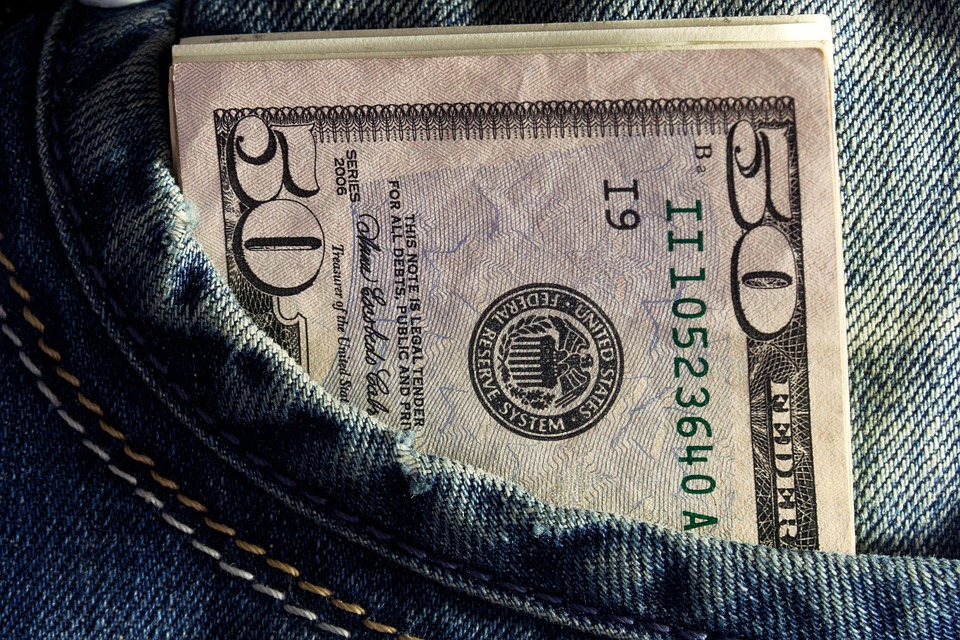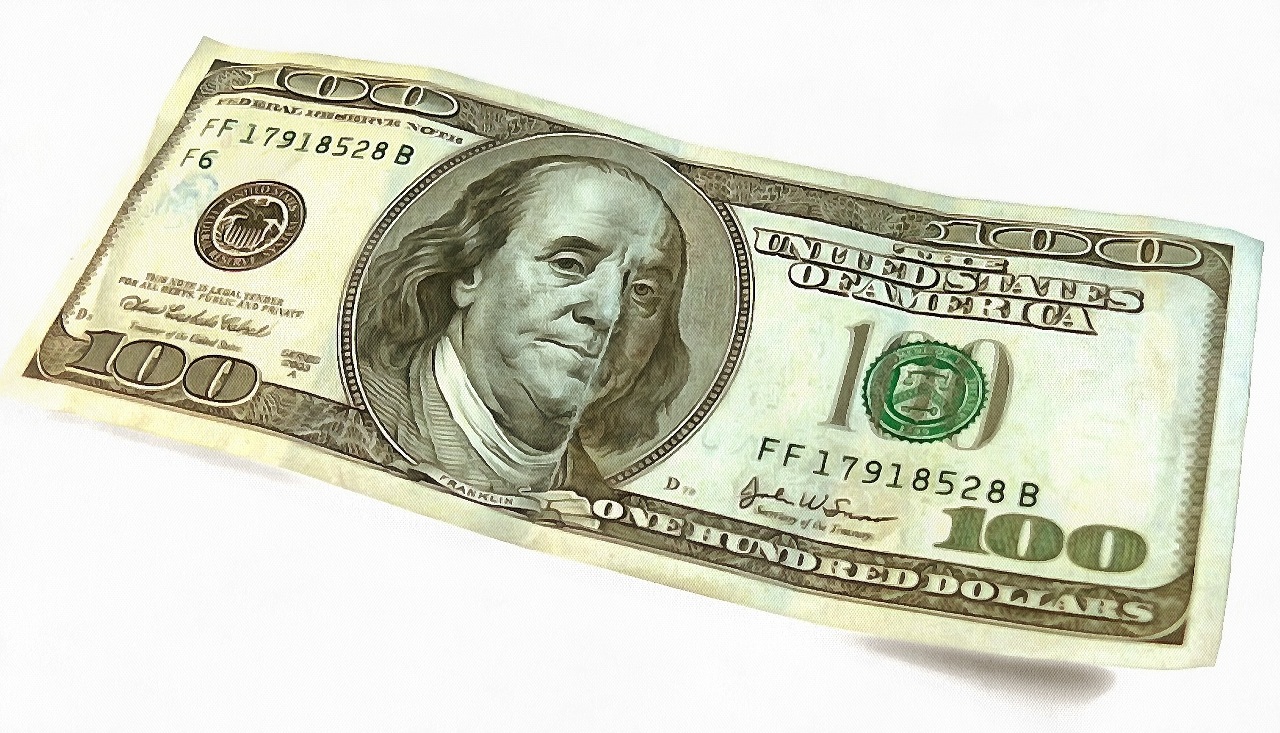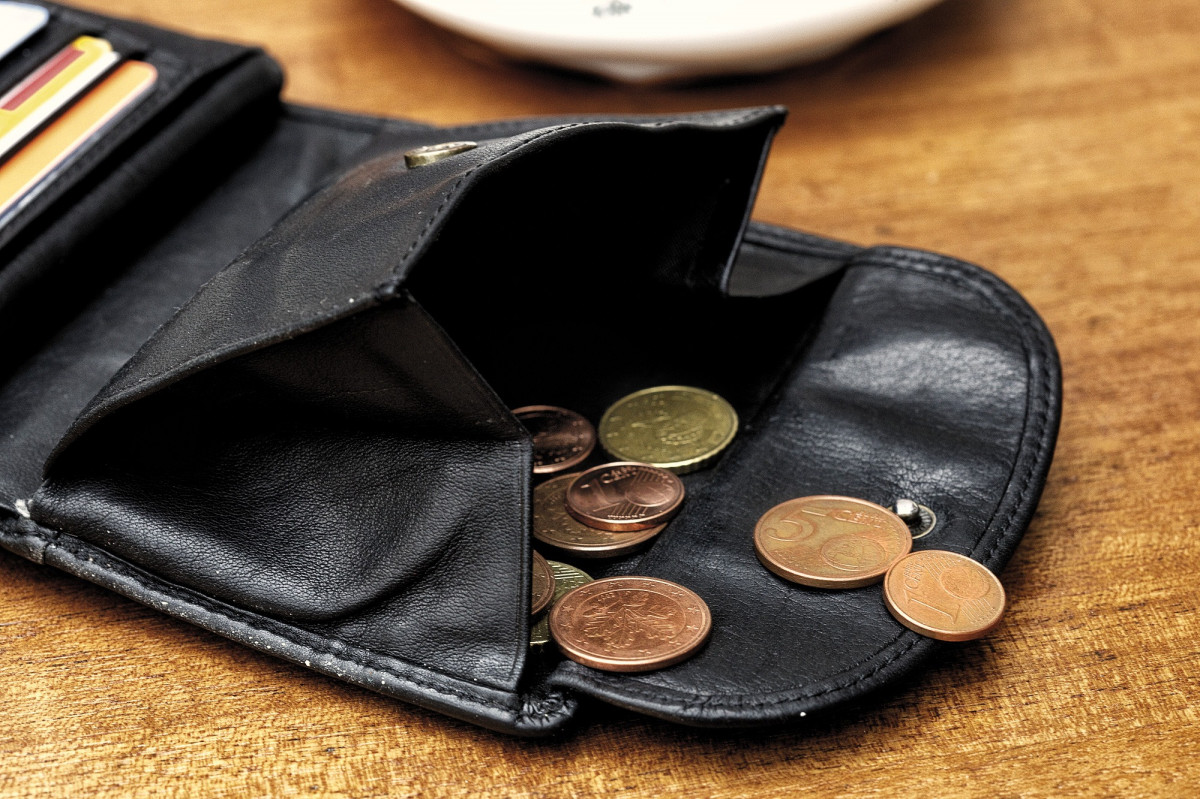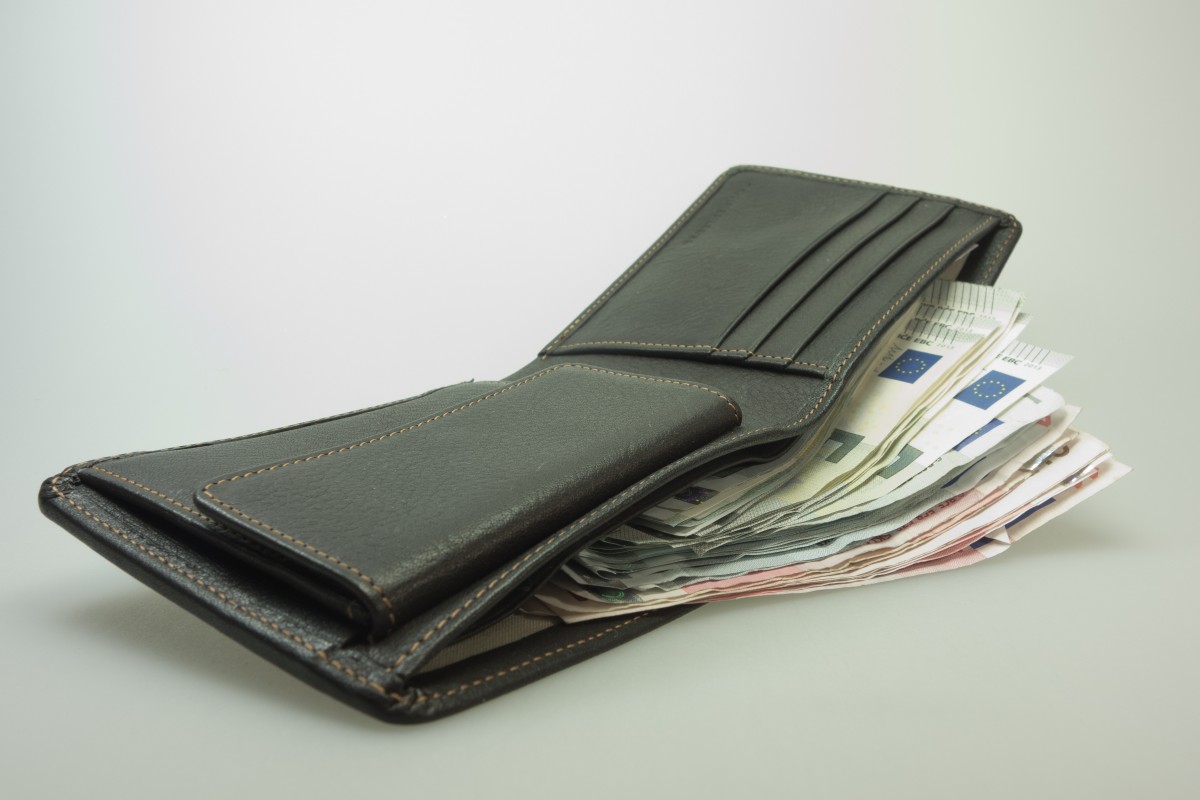Introduction: Navigating the Complex World of Consumer Credit
Securing funds for major expenditures or managing existing debt often requires choosing between different forms of consumer credit. Two of the most common and versatile options available to consumers are the Personal Loan and the Credit Card.
While both allow you to borrow money, their fundamental structure, repayment mechanisms, and long-term cost implications are vastly different. Understanding these differences is not just helpful—it is absolutely essential for anyone seeking to optimize their financial health and minimize unnecessary interest expenses.
The decision of whether to use a personal loan or a credit card should never be arbitrary. It must be a carefully calculated choice based on the amount of money needed, the specific purpose of the funds, the borrower’s credit profile, and, most importantly, the desired repayment timeline.
For small, short-term expenses that can be paid off quickly, the convenience of a credit card might be ideal. However, for large, specific, and long-term financial projects, a personal loan often provides a more structured and ultimately cheaper solution.
Many people fall into the trap of using credit cards for expenses that are simply too large for their budget to cover quickly, leading to years of high-interest revolving debt. This is precisely where the structured nature of an installment loan shines, offering clarity and a definitive end date for the debt.
This comprehensive guide will analyze five critical financial scenarios where choosing a personal loan is demonstrably superior to relying on a credit card, ensuring you make the smartest borrowing decision for your specific needs. We will break down the mechanics of each product to show you how to maximize your borrowing power while minimizing cost.
Understanding the Fundamental Differences

Before diving into specific scenarios, it is crucial to clarify the structural differences between these two credit products. They operate under fundamentally distinct models of borrowing.
A. The Personal Loan Model (Installment Credit)
A personal loan is a form of installment credit. You receive a fixed sum of money upfront, which is then paid back in equal, fixed monthly installments over a predetermined period (the term).
- Fixed Term: The debt has a defined end date, meaning you know exactly when you will be debt-free. Terms usually range from two to seven years.
- Fixed Interest Rate: The interest rate, or Annual Percentage Rate (APR), is set at the time of origination and does not change, providing predictable monthly budgeting.
- Lump Sum Disbursement: The entire amount of money is deposited into your bank account immediately after approval.
B. The Credit Card Model (Revolving Credit)
A credit card is a form of revolving credit. It provides access to a maximum credit limit that you can repeatedly borrow from, repay, and borrow again.
- Variable Term: There is no fixed end date for the debt; it is ongoing as long as you make minimum payments.
- Variable Rates: Interest rates are often variable and significantly higher, especially if you have an average credit score.
- Flexible Use: You can use the credit line repeatedly up to your limit, making it excellent for daily transactions and small purchases.
C. The Cost Factor: Interest Rate Disparity
The primary difference often comes down to cost. Personal loan interest rates are generally much lower than credit card APRs, particularly for borrowers with good to excellent credit. A strong borrower might secure a personal loan APR below 10%, while the average credit card APR frequently hovers above 20%. This substantial difference in interest cost is the driving factor in many financial decisions.
Scenario 1: Debt Consolidation with High-Interest Balances

The primary reason a personal loan outperforms a credit card is its effectiveness in managing existing high-interest debt, specifically through consolidation. If you carry balances on multiple credit cards, you are likely paying exorbitant interest charges every month, making it difficult to significantly reduce the principal.
A. The Problem with Revolving High-Interest Debt
Credit cards are notorious for keeping borrowers trapped in a cycle of minimum payments. When you only pay the minimum due, the vast majority of that payment often goes toward interest, leaving the principal balance virtually untouched. Furthermore, managing multiple due dates and variable rates adds unnecessary financial complexity and stress.
B. The Personal Loan Solution
A debt consolidation personal loan provides a clear, structured escape route. You borrow a single lump sum large enough to pay off all your credit card balances immediately.
- Lower Fixed Rate: You replace multiple high, variable credit card rates with a single, much lower, fixed personal loan rate. This immediately reduces the interest you pay overall.
- Single Payment: You simplify your finances by having only one fixed monthly payment instead of several minimum payments to track.
- Defined Payoff Date: The loan’s fixed term (e.g., 3 or 5 years) gives you a concrete date when you will be completely debt-free, which is a powerful psychological and financial motivator.
- Improved Credit Utilization: Paying off revolving credit card debt with an installment loan often drastically lowers your credit utilization ratio, which can boost your credit score significantly.
C. Why Credit Cards Fail Here
While some credit cards offer 0% APR balance transfer promotions, these offers are temporary, often lasting only 12 to 21 months. If you cannot pay off the entire balance before the promotional period ends, the remaining debt reverts to a standard, high credit card APR, putting you back where you started, often with an added balance transfer fee. A personal loan offers certainty for the long haul.
Scenario 2: Large-Scale Home Improvement Projects
For substantial, one-time expenditures like major home renovations, the large principal and fixed repayment structure of a personal loan are perfectly suited. Imagine financing a full kitchen remodel or adding a new bathroom.
A. The Requirement for Large Capital
Most significant home improvements cost tens of thousands of dollars, easily exceeding the credit limits of all but the most high-end credit cards. Even if you have the limit, charging such a large amount would instantly maximize your card utilization, severely damaging your credit score.
B. The Personal Loan Advantage for Renovations
A personal loan can provide the full amount needed (often up to $50,000 or more) in a single disbursement. This allows you to pay contractors and purchase materials promptly, often securing better deals.
- Competitive Rates: For homeowners with good credit, a personal loan rate is often far more favorable than using a standard credit card.
- Fixed Budgeting: Since renovation costs can be complex, having a single, fixed monthly loan payment makes budgeting for the debt straightforward and manageable alongside the project management itself.
- No Home Collateral Required: Unlike a Home Equity Line of Credit (HELOC) or a home equity loan, a personal loan does not use your house as collateral. This protects your primary asset from foreclosure risk if you experience financial difficulties.
C. Why Credit Cards Are Unsuitable
Using a credit card for a $25,000 renovation project is generally impractical and financially reckless. The high interest on such a large, long-term balance would inflate the total project cost dramatically. Furthermore, maxing out credit limits harms your credit score precisely when you might need it for other purchases.
Scenario 3: Financing Major Life Events (e.g., Weddings, Adoption)
Life is punctuated by large, joyful, yet expensive milestones that require a substantial cash injection. Events like weddings, adoptions, or major overseas travel are prime examples where personal loans provide stability.
A. The Need for Defined and Immediate Funds
A wedding, for example, requires large deposits for venues, caterers, and vendors, often paid over a year or more. Adoptions come with high, upfront legal and travel costs. These are specific, necessary expenses that require a secure funding source.
B. The Personal Loan Benefit
The ability to receive a large, specific amount of cash upfront makes a personal loan the superior choice. You can use the funds to secure all necessary bookings and payments without having to worry about hitting a credit limit or accruing interest during the planning stages.
- Control Over Payments: By using a personal loan, you maintain a fixed repayment plan that won’t fluctuate due to changes in market interest rates.
- Vendor Acceptance: Many wedding vendors, legal services, and adoption agencies prefer bank transfers or checks for large deposits, which is easier to facilitate with a personal loan’s lump-sum disbursement than a credit card.
- Emotional Clarity: Financing a joyful event like a wedding with a structured loan feels more manageable than carrying a massive, indefinite credit card balance that could take a decade to pay off.
C. Credit Card Limitations
Using a credit card for these events means placing a high-interest burden on what should be a happy memory. Given the size of these expenses, using a card would result in revolving debt that could plague the borrower for years, often accruing double or triple the amount initially borrowed due to compound interest.
Scenario 4: Consolidating Multiple High-Cost Installment Debts
Beyond credit card debt, personal loans can be superior for combining other types of expensive installment credit, such as medical financing or expensive specialized loans.
A. The Challenge of Scattered Debts
Many consumers accumulate various small installment loans over time: maybe a furniture store financing deal, an emergency dental bill payment plan, or a small loan from a high-interest lender. While these are technically installment loans, their rates are often much higher than those offered by traditional banks for personal loans.
B. The Refinancing Advantage
A personal loan acts as a powerful refinancing tool in this scenario. You can take out one personal loan at a competitive rate and use it to pay off all these smaller, scattered debts.
- Lower Weighted Average Rate: By combining several high-rate loans into one low-rate personal loan, you significantly reduce the weighted average interest rate you are paying across all debts.
- Simplified Management: Just like with credit card debt, you reduce administrative complexity, focusing your efforts on one payment.
- Reduced Payment Strain: The lower interest rate usually translates to a lower total monthly payment, easing the strain on your monthly budget.
C. Credit Card’s Inability to Compete
Credit cards cannot effectively consolidate installment debts. You cannot typically use a credit card to pay off another installment loan directly (like a car loan or student loan). Even if you could, the credit card’s high interest rate would negate any benefit of consolidation.
Scenario 5: Financing an Older Used Vehicle
While a dedicated auto loan is generally best for newer cars, a personal loan can be the superior financing choice when purchasing an older, high-mileage used vehicle, or a car from a private seller.
A. Difficulty in Securing Traditional Auto Loans
Traditional secured auto lenders are often hesitant to offer favorable rates for very old vehicles or cars purchased from private individuals. The car itself serves as collateral, and if the vehicle’s value is low or uncertain, the lender’s risk is high.
B. Personal Loan as Unsecured Auto Finance
An unsecured personal loan eliminates the collateral issue entirely. The loan is approved based on your creditworthiness, not the car’s Blue Book value.
- Flexibility with Sellers: Since the personal loan provides cash upfront, you can pay a private seller immediately, acting as a cash buyer. Private sellers often prefer this and may offer a better price.
- No Vehicle Restrictions: There are no mileage or age restrictions on the vehicle you buy, giving you maximum flexibility in the used car market.
- Fixed, Predictable Payments: Unlike some used car dealer financing which may have hidden fees or complicated terms, the personal loan offers a clear, fixed repayment structure.
C. The Credit Card Pitfall
Using a credit card for a car purchase is rare and inadvisable. If the car costs more than $5,000, putting it on a credit card guarantees a high-interest drain on your finances, turning the car into a highly expensive asset due to carrying revolving debt for years.
The Application Process and Key Considerations
Choosing a personal loan over a credit card requires navigating the application process effectively to secure the best rates.
A. Prepare Your Financial Profile
Before applying, dedicate time to improving your credit score and reducing your Debt-to-Income (DTI) ratio. Lenders will offer their lowest APRs to borrowers with excellent credit (760+) and low DTI.
- Credit Score Check: Use pre-qualification tools that employ soft inquiries to check potential rates without impacting your score.
- DTI Calculation: Ensure your total monthly debt payments (including the proposed loan payment) are less than 43% of your gross monthly income.
B. Compare APRs and Fees Diligently
The quoted interest rate is not the final cost. Always compare the Annual Percentage Rate (APR), which includes all interest and fees. Pay close attention to:
- Origination Fees: A fee charged upfront (usually 1% to 8% of the loan amount) that is deducted from your principal.
- Prepayment Penalties: Avoid loans that charge a fee for paying off the debt early, as this defeats the purpose of consolidating debt efficiently.
C. Funding Time and Requirements
Credit cards offer instant access, but personal loans typically fund within one to seven business days after approval. Ensure this timeline meets your expenditure needs. You will need standard documentation, including proof of income (pay stubs, tax forms) and identification.
Conclusion: Making the Right Credit Choice
The choice between using a personal loan and a credit card ultimately boils down to two key factors: the size of the expense and the desired repayment period. For large, defined, and long-term financial needs, the structured, fixed-rate, and often lower-interest nature of a personal loan makes it the undeniable champion.
It provides the financial clarity and predictability required to tackle significant debt consolidation projects or fund major life milestones without the burden of revolving, high-interest costs. Conversely, credit cards remain indispensable for small, short-term expenses and everyday transactional convenience, provided the balance is paid off in full each month.
Successfully managing your personal finances requires recognizing that no single credit product is a universal solution. By consciously selecting the personal loan for those critical, large-scale financial scenarios—where a defined end date and a competitive, fixed APR are paramount—you take control of your debt and accelerate your journey toward financial freedom.
Making this informed distinction is the hallmark of a responsible and intelligent borrower. Your financial future will be significantly stronger when you align the right credit tool with the right financial goal.












